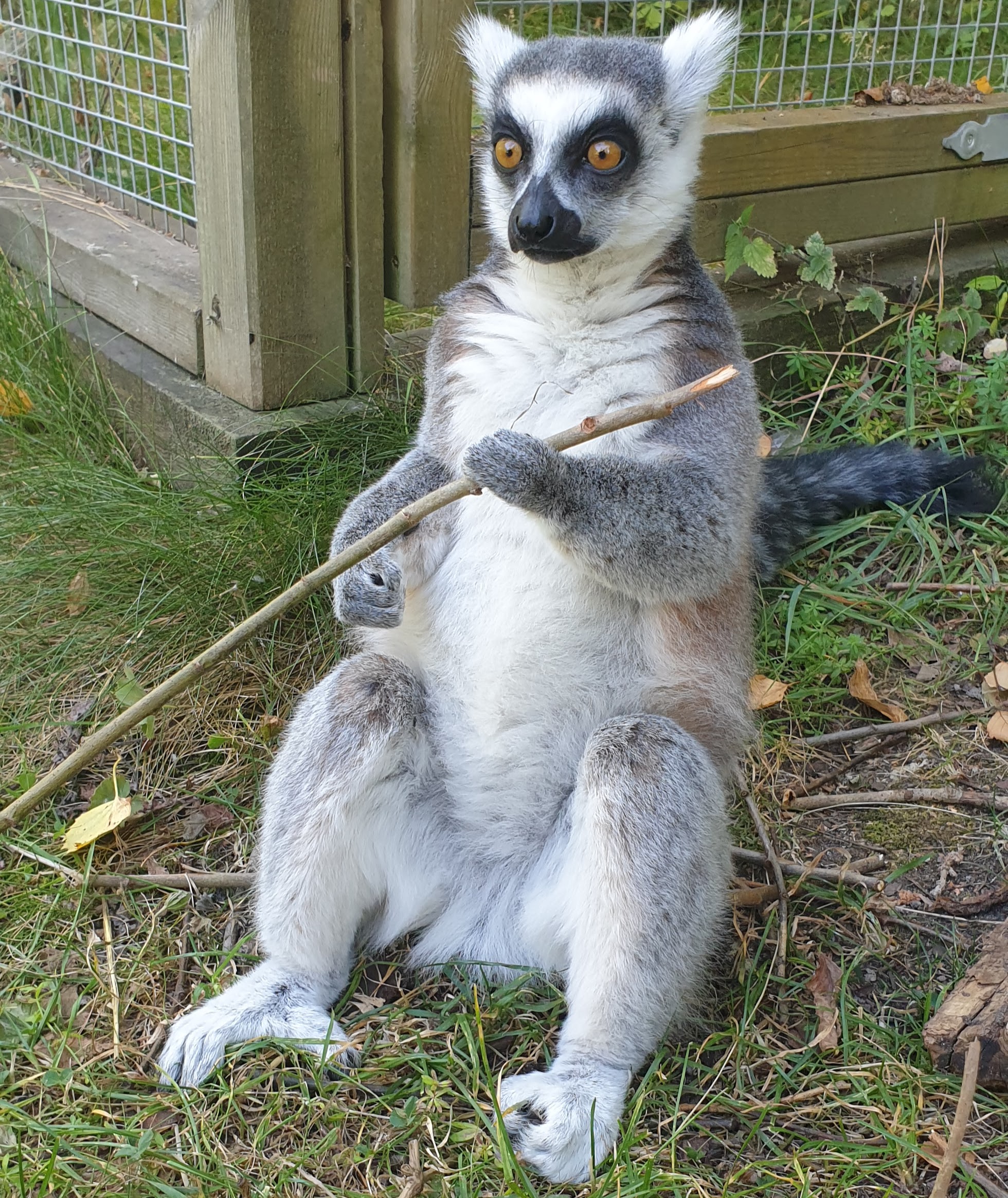Background
Cognition is a field that mainly focuses on great apes like chimpanzees and orangutans, leaving much to be discovered about other primate taxa. Therefore, I decided to employ three cognitive tests, previously performed with great apes, with Ring-tailed lemurs (Lemur catta), members of the lower primate (Strepsirrhini) suborder and White-faced sakis (Pithecia pithecia), members of the new world monkey (Platyrrhini) parvorder.
The three cognitive abilities enhance survival in complex, variable habitats. Object permanence enables animals to mentally track objects or individuals when out of sight, crucial for navigating dense environments or monitoring social partners. Visual associative learning allows individuals to link visual cues with outcomes, such as identifying edible or toxic foods, aiding efficient foraging. Stimulus reversal learning reflects cognitive flexibility, the capacity to adapt behavior when established associations change, which is vital for responding to shifting environments and food availability.
Aims
The present study therefore aimed at assessing the proficiency of captive white-faced sakis and ring-tailed lemurs with three cognitive skills. More specifically, it was the aim of the present study to:
1. Assess the proficiency of white-faced sakis and ring-tailed lemurs with object permanence,
2. Assess the ability of white-faced sakis and ring-tailed lemurs to form associations between a visual cue and a food reward, and
3. Assess the ability of white-faced sakis and ring-tailed lemurs to succeed in a visual stimulus reversal task.
4. Compare the performance of the white-faced sakis and ring-tailed lemurs to other primate species tested previously on the same or similar types of tasks.

